Jellyfish or jellies are the major non-polyp form of individuals of the phylum Cnidaria. They are typified as free-swimming marine animals consisting of a gelatinous umbrella-shaped bell and trailing tentacles. The bell can pulsate for locomotion, while stinging tentacles can be used to capture prey.
ellyfish are found in every ocean, from the surface to the deep sea. Scyphozoans are exclusively marine, but some hydrozoans live in freshwater. Large, often colorful, jellyfish are common in coastal zones worldwide. Jellyfish have roamed the seas for at least 500 million years, and possibly 700 million years or more, making them the oldest multi-organ animal.
The English popular name jellyfish has been in use since 1796. It has traditionally also been applied to other animals sharing a superficial resemblance, for example ctenophores (members from another phylum of common, gelatinous and generally transparent or translucent, free-swimming planktonic carnivores now known as comb jellies) were included as “jellyfishes”.Even some scientists include the phylum ctenophora when they are referring to jellyfish. Other scientists prefer to use the more all-encompassing term gelatinous zooplankton, when referring to these, together with other soft-bodied animals in the water column.
As jellyfish are not true fish (which are vertebrates, unlike jellyfish), the word jellyfish is considered by some to be a misnomer. Public aquariums may use the terms jellies or sea jellies instead. The term “jellies” may have become more popular than “jellyfish”.In scientific literature, “jelly” and “jellyfish” are often used interchangeably. Some sources may use the term “jelly” to refer to organisms in this taxon, as “jellyfish” may be considered inappropriate.
Many textbooks and sources refer to only scyphozoa as “true jellyfish.
A group of jellyfish is sometimes called a bloom or a swarm. “Bloom” is usually used for a large group of jellyfish that gather in a small area, but may also have a time component, referring to seasonal increases, or numbers beyond what was expected.Another collective name for a group of jellyfish is a smack, although this term is not commonly used by scientists who study jellyfish. Jellyfish are “bloomy” by nature of their life cycles, being produced by their benthic polyps usually in the spring when sunshine and plankton increase, so they appear rather suddenly and often in large numbers, even when an ecosystem is in balance. Using “swarm” usually implies some kind of active ability to stay together, which a few species such as Aurelia, the moon jelly, demonstrate.
Medusa jellyfish may be classified as scyphomedusae (“true” jellyfish), stauromedusae (stalked jellyfish), cubomedusae (box jellyfish), or hydromedusae, according to which clade their species belongs
More info: thinkedition.net
https://www.thinkedition.net
https://www.thinkedition.net
https://www.thinkedition.net
https://www.thinkedition.net
https://www.thinkedition.net
114views
Share on Facebook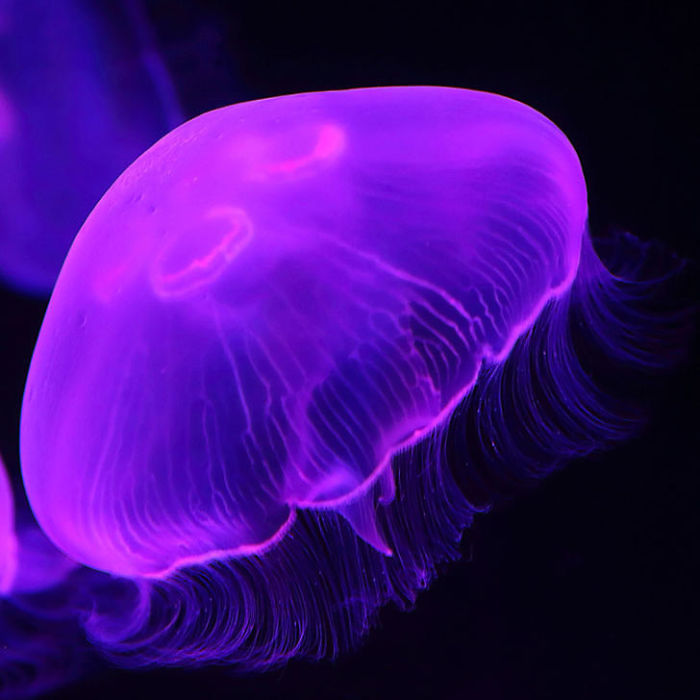
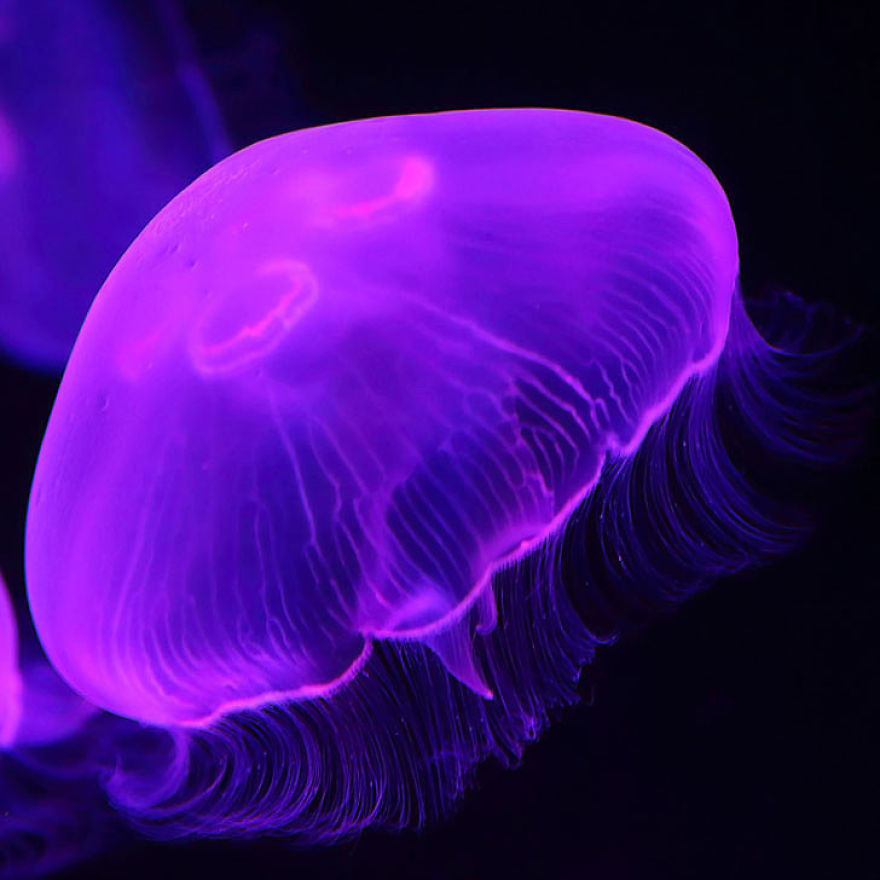
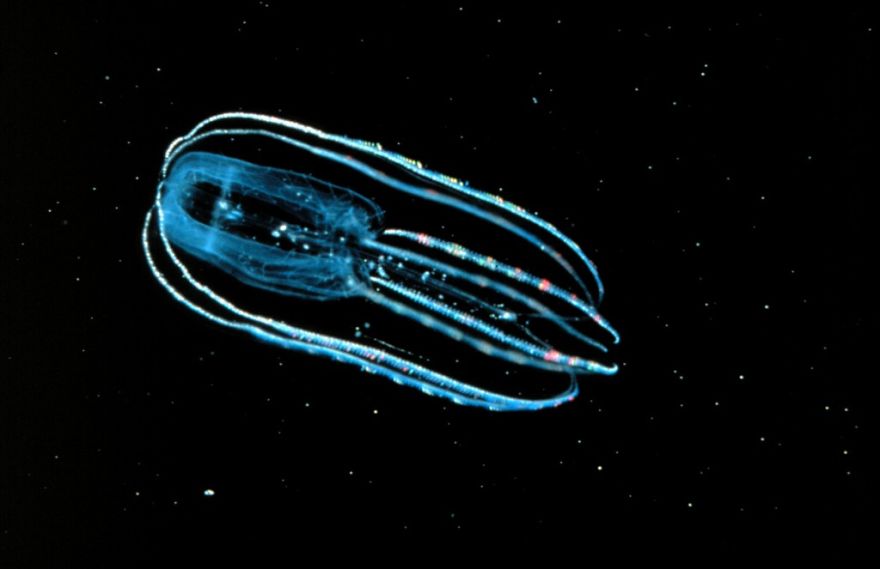
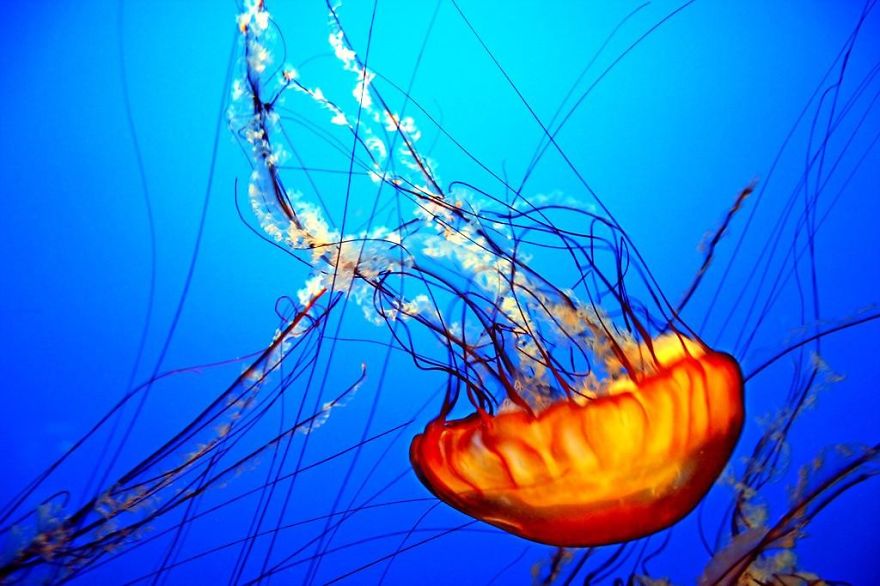
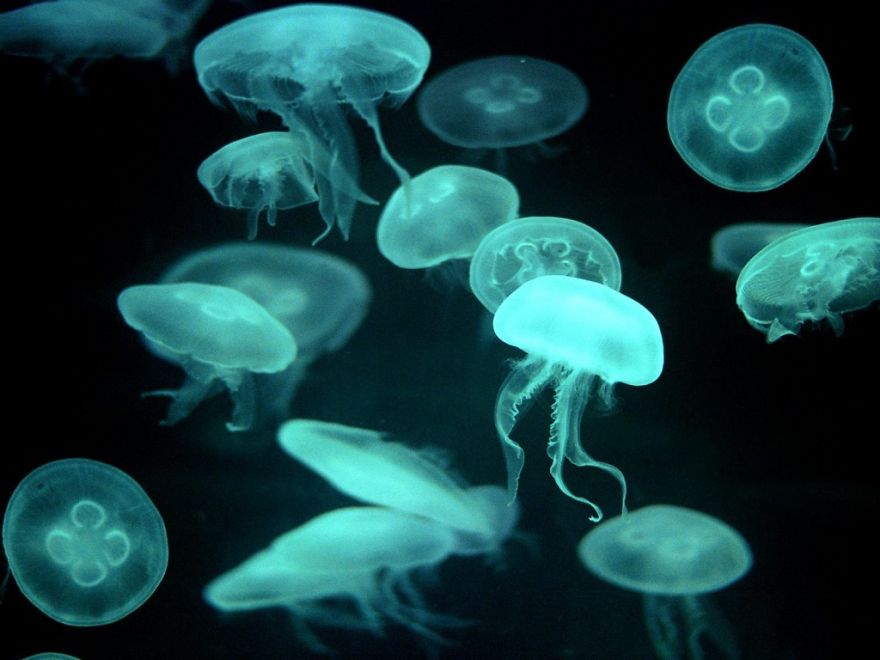
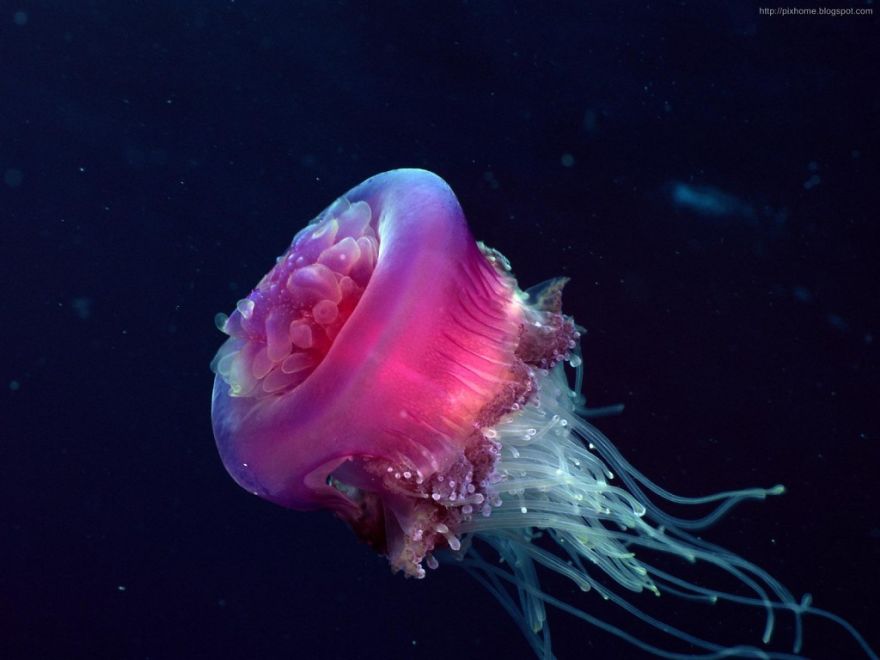



4
0